Tools of the Trade: The Avalung
The White Room. I can tell you from experience that it’s not white, it’s black. When you are caught in an avalanche and buried, everything turns from white to grey to jet black and it’s no fun at all. There are various tools like The Avalung both recreational and professional backcountry users have at their disposal to deal with avalanche danger. The best tools are knowledge and experience. These are preventative tools designed to help you avoid being caught in an avalanche in the first place; things like reading and understanding terrain and weather, snowpack information and analysis, and generally developing your snow spider-sense. Some of these can be taught, others can be hired. That’s why we always recommend skiing with a guide if you lack backcountry experience. Or come heli skiing with us and be at ease knowing that you are skiing or riding in an environment where safety is the number one priority.
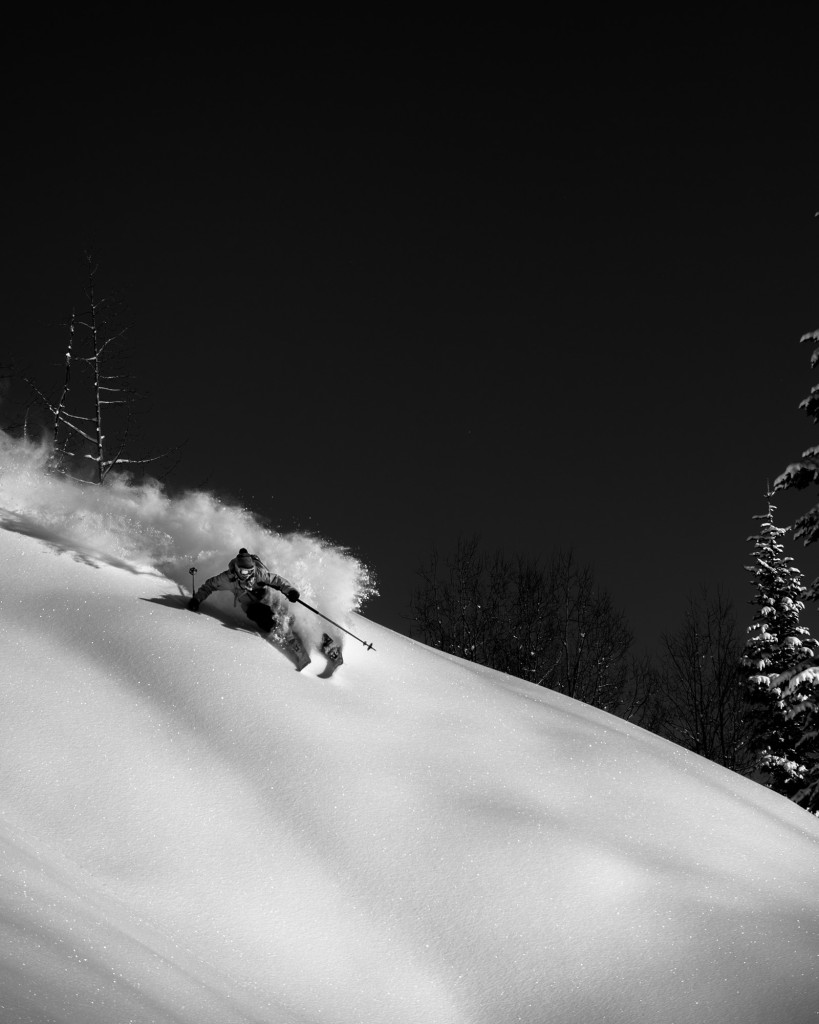
Photo – Reuben Krabbe
How the Avalung and Avalanche Airbag Work: Essential Tools for Ski Safety
But what if you do get caught in a slide? Sure, we try and avoid it, but with increased mileage comes increased exposure and some would say that inevitably, you will go for a ride at some point in your recreational or professional career in the mountains. What tools are out there to protect us from the worst-case scenario? There’s your beacon, shovel, and probe, which have only changed marginally over the last few years and are the absolute bare minimum if you’re heading out there. But other tools have been developed in the last ten to fifteen years that have proven to increase your chances of survival in the event of a slide. Two of those tools, the airbag system, and the Avalung, have both proven themselves, in different ways, to be real-life savers.
The ABS pack in action – Definitely a life saver
In terms of avoiding being buried, the data is fairly definitive about the airbags. Whether an ABS or a Jetforce pack or any other brand of airbag backpack system, the airbag will prevent you from getting buried. Period. They work and have proven themselves to be the only thing out there aside from complete avoidance that will keep you on the surface of the snow in the event of you getting caught in an avalanche. The only downside, and if you’re a dirtbag living in a ski town, it’s a downside, is that they are expensive. In the neighbourhood of a thousand to fifteen hundred dollars, airbag systems are just simply too expensive for a lot of folks.
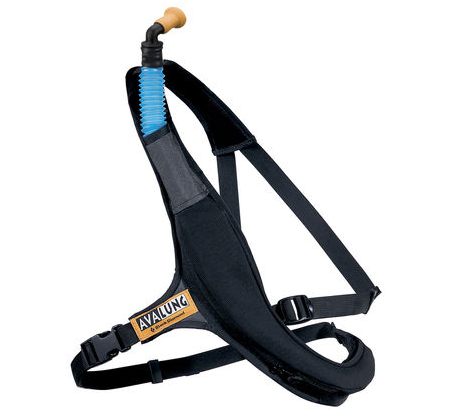
Photo – www.blackdiamondequipment.com
The other tool that will increase your chances of survival is the Avalung. The downside to the Avalung is it won’t keep you on the surface. However, if you are in that worst-case scenario and you are buried, the Avalung will keep you alive, under the snow, for up to 58 minutes. Developed by Black Diamond Equipment, the Avalung comes either as a stand-alone device or built into a backpack. The theory is simple: it is a breathing apparatus that has a mouthpiece on your chest, either strapped across or in the shoulder strap of your pack, that allows you to breathe the residual air in all of your clothing and the small space in the snow around you. To use it, you simply put the mouthpiece in when you are skiing on a slope that you think might rip.
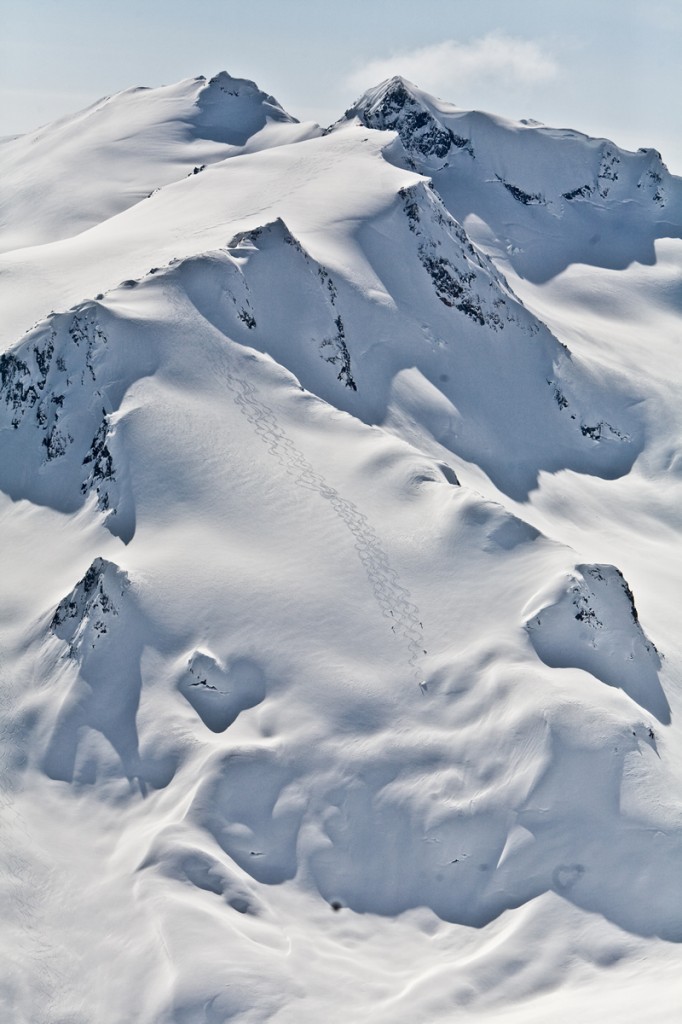
Photo – Randy Lincks
If you are buried in an avalanche, your greatest chance of survival is in the first 15 minutes. From 15-30 minutes, asphyxia starts to set in. After 30 minutes, both asphyxia and hypothermia set in. According to Statistics Canada, the majority of people who die in an avalanche succumb to asphyxiation. Also, roughly 60% of people who die in avalanches have avalanche transceivers. The only way to avoid being buried in a slide is with an airbag. The only way to increase your chances of survivability if you are buried in a slide is with the Avalung.
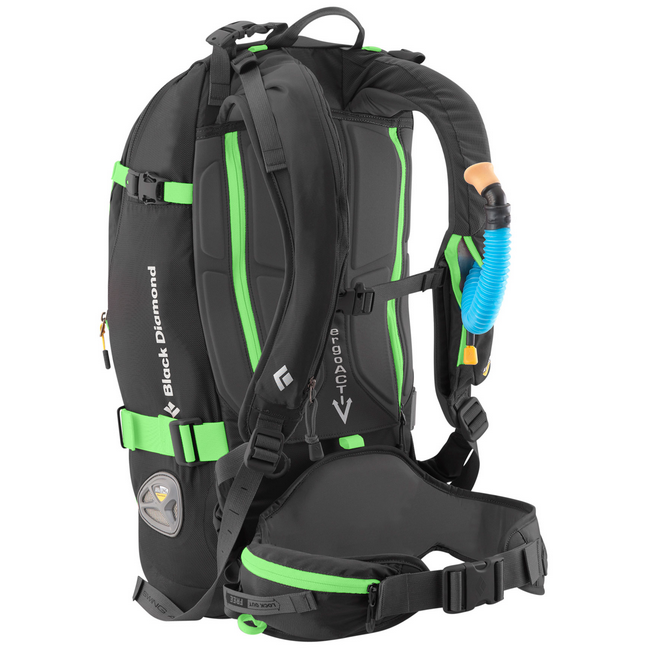
Photo – www.blackdiamondequipment.com
The Avalung is a simple tool that has proven to be a lifesaver. Think about it. If you’re buried in a slide, which is a worst-case scenario, a simple, relatively inexpensive way to help increase the time you have, under the snow, to stay alive so your partner can find your beacon signal, probe you and then dig you out, is with an Avalung. When someone gets buried in an avalanche, there are so many factors that go into the rescue. Did you see your partner’s last seen point? Is it a deep burial? Can you get to the site without having to deal with a further hazard, which burns valuable time? Time, in any rescue scenario, is precious. But nowhere is that more true in an avalanche rescue scenario. Time is the enemy. The longer someone is buried under the snow, the greater their chances are of not surviving. Each minute, especially after the 15-minute mark, exponentially increases the likelihood of a fatality. Not fun.
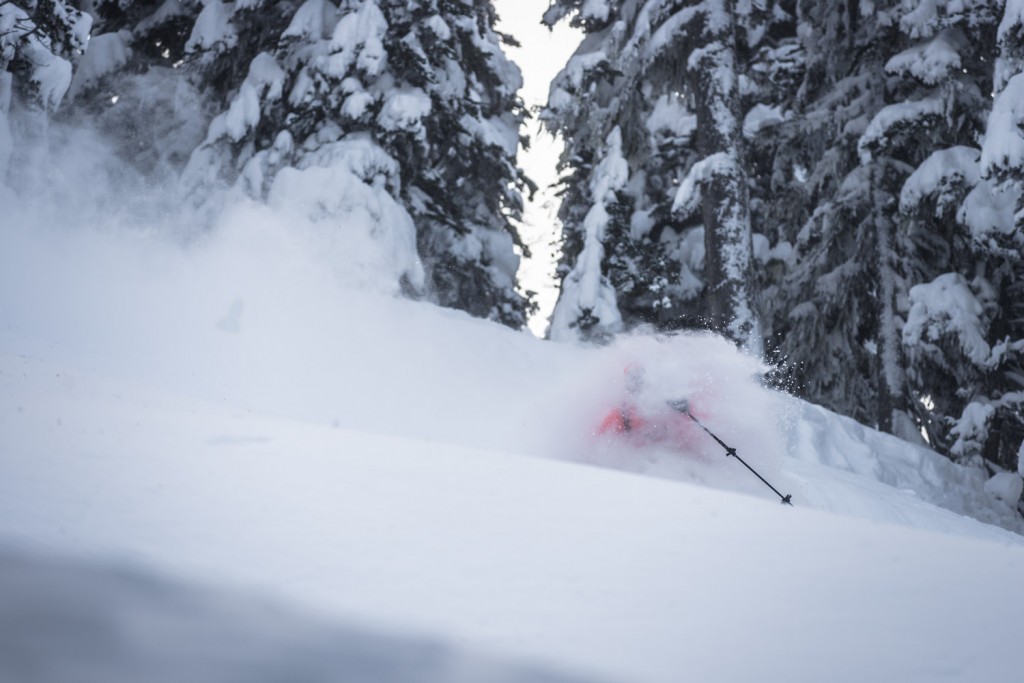
Photo – Dave Silver
The Avalung is a tool that can save your life. Sure, it’s not as effective as an airbag system, which will help you avoid a burial altogether, but it is a simple, inexpensive tool that anyone can use and can help increase your chances of staying alive if you are, indeed, buried under the snow. Avalanche danger is a real and ongoing concern in the mountains. Learning about avalanche rescue is critical to preparing for that day when everything goes wrong. But the single best tool to deal with the hazard of avalanches is to avoid them. Learn about the snow. Learn about the terrain you are skiing in. Get some experience and some education or even better, hire a guide and learn from them. But don’t be an idiot. Motoring out into the ether with no knowledge, or with no clue how to use the tools at your disposal for both avalanche avoidance and avalanche survival, is lunacy. The mountains are a dangerous place and should never be taken for granted. Get a beacon, shovel and probe and learn how to use them. Take an avalanche course. Get yourself an Avalung or an airbag. But most of all, be prepared. For those of us who work as mountain professionals, we are the ones that are coming to help you, so help us, and be smart out there.
Be safe, and ski hard with The Avalung.


